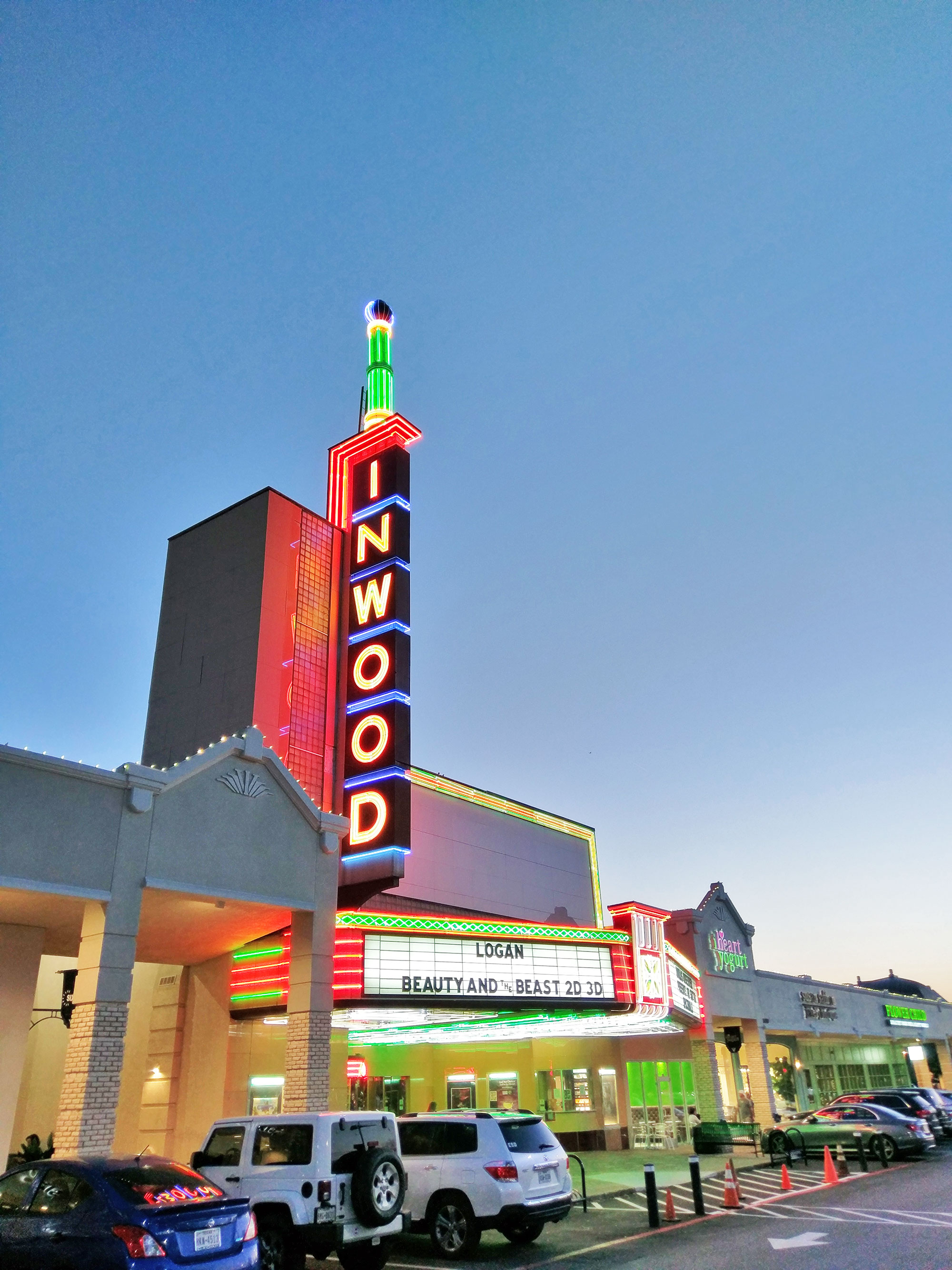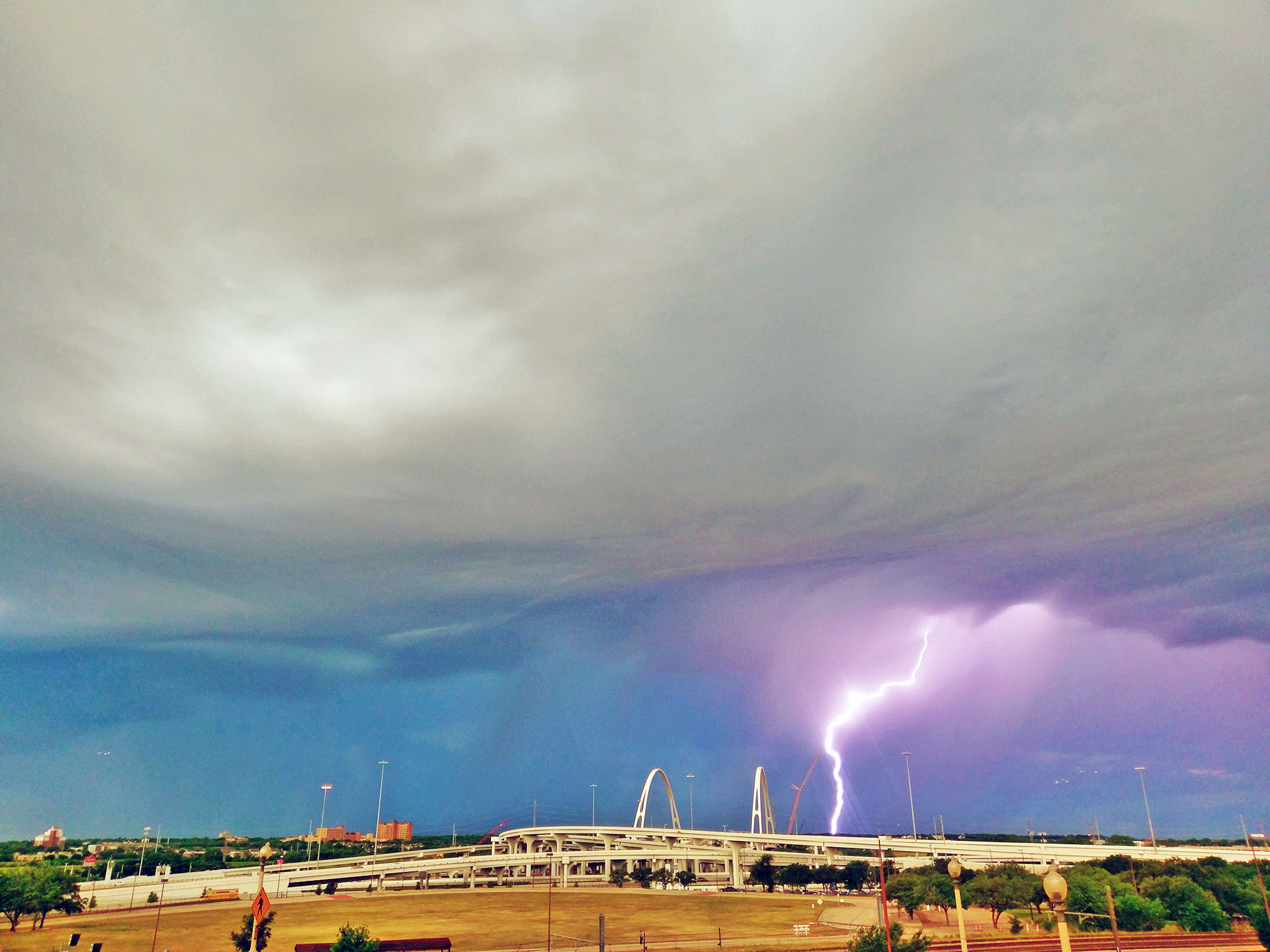It is July and I am in still in Dallas. I dial my insurance company’s nurse hotline on the way home from work and regret my decision within a few minutes —
“Sir, you need to pull over right now and call 911,” the nurse says.
“What?” I ask. (I can’t believe what I’m hearing.)
“You need to pull over your car and call an ambulance,” she repeats. “Based on the information you have given me, my professional medical opinion is that you are having a stroke.”
The numbness has been going on for about a month now.
It starts in my neck – immediately under my right jaw. It then spreads to the right side of my face – lower lip, then upper lip. Then to my cheek – and sometimes to the back of my head.
Some days the numbness is worse and takes over the entire right side of my face. Other days it is a barely noticeable tightness in my neck.
It’s often strange to drink water or get a haircut because my skin and lips feel like I’m recovering from anesthesia.
I try to ignore the numbness in hopes that it will go away, but it keeps getting worse. So I call the insurance nurse line and wind up here — stuck in traffic on Dallas Tollway, with a nurse telling me that I am having a stroke.
“You really need to pull over and get an ambulance,” she repeats.
I’m thinking about my shitty high-deductible insurance plan – there’s no way that I am calling an ambulance. The nurse’s voice gets more alarmed when I inform her that I am going to an urgent care center.
“They aren’t going to be able to help you,” she says.
“I really don’t think I am having a stroke,” I say.
“Oh, you’re a doctor now?” she says.
“Obviously not –” I say, not bothering to hide the irritation in my voice. “But my general understanding about strokes is that you don’t have a stroke for an entire month. In any event, if I haven’t dropped dead in the last few weeks it’s probably not going to happen in the 15 minutes that it will take me to get to the urgent care center.”
I then hang up.

The Inwood Theatre on a spring evening in Dallas, Texas.
At the Inwood Urgent Care center
It takes about 20 minutes to get to the urgent care center near Inwood Village. A bored receptionist takes my information and informs me that my insurance won’t help me today. I am then called back by a friendly redheaded nurse who tells me that it’s unlikely that I am having a month-long stroke.
“I can rule out Bell’s Palsy,” she says. “But if you tell me that half of your face is numb, I am obligated to send you to the E.R. – would you like me to call the ambulance?”
“I’ll drive,” I say.
After paying a $40 fee for my 5 minute consultation, I make my way to Dallas’ Medical District. I also text Michael to inform him that I’m probably missing dinner.
At the Emergency Room
I eventually find the emergency room, park, and find a highly irritated young E.R. receptionist.
“They told you what?” the reception asks, wide-eyed.
“That I am having a stroke,” I say.
“You’re 30?” she asks.
“31.”
“And you haven’t had a stroke before?” she asks.
“Not that I am aware of,” I say.
She rolls her eyes.
“Sit down. A doctor will see you shortly,” she says. “And you’re not having a stroke.”
I am in the E.R. for several hours.
I eventually get put in a room where they take my vitals, draw blood, and stick an IV into me.
One doctor – probably a resident – says that she feels swelling in my neck, but doesn’t think that I am having a stroke. She recommends a series of scans and tests.
A second doctor – obviously more senior – says that my symptoms are unusual, but that he doesn’t think the scans and tests are necessary. He also doesn’t think I am having a stroke, and recommends following up with my regular doctor.
“But you can have the tests if you want to,” he adds.
“If I want to?” I say.
“Yeah. If it will make you feel better, you can get all of those tests done,” he says. “But I don’t think we’ll find anything.”
“Well, how much do these tests cost?” I ask.
“I have no idea,” he says. It’s obvious that he finds my question strange.
“Well, if the test is $50, then I’ll have it,” I explain. “But if it’s $5,000 then I’ll like skip it if you don’t think it’s necessary.”
“I am a doctor — I don’t deal with pricing,” he says. “You can have the tests or not.”
I don’t get the tests.
I am released close to midnight with no further direction beyond following up with my non-existent regular doctor. The numbness goes away a few days later, and I feel like a lunatic for getting it checked out in the first place.
A bill arrives a few weeks later, but no diagnosis ever comes.
In Washington D.C.
About a month later, I am telling this story to one of the doctors at the Georgetown Law Center Clinic.
She looks bewildered.
“So you went to the E.R. and they never diagnosed you with anything?” she asks. “No lab results, no prescriptions, no nothing?”
“Nope – they just said check with a doctor, hence why I am here.” I say. “I really felt like a hypochondriac or something, but the nurse-line made me feel like I had to get it checked out.”
“Well, let’s do some scans and tests and see what’s going on,” she says.
Two weeks later – The blood work is negative for all abnormalities and a very awkward set of scans revealed nothing.
All I came out of the experience with is a set of medical bills and a determination never to call a nurse line again.


No Comments